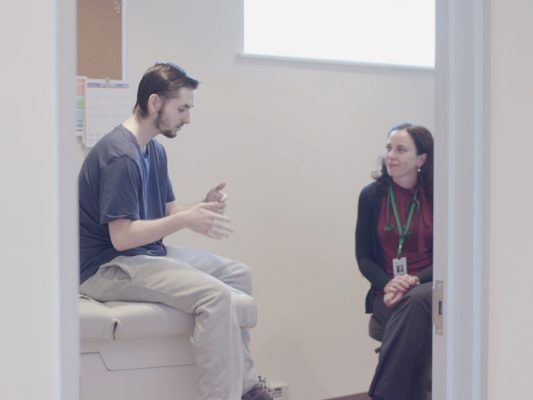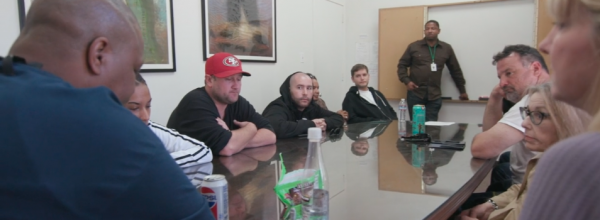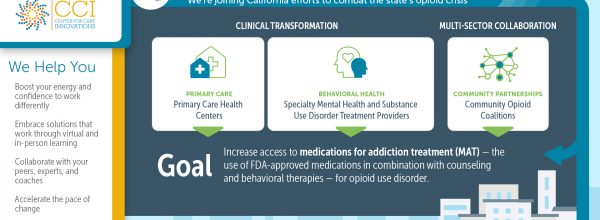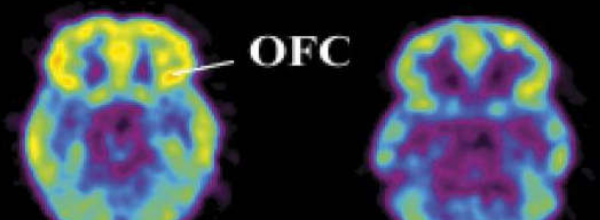I first became acquainted with Quincy’s story when I watched a video about Marin City Health and Wellness Center and its medications for addiction treatment (MAT) program.
I had recently joined the CCI team as a program coordinator and my new colleagues had told me this video would help convey the work CCI was doing around addiction, specifically opioid use disorder. In 2016, CCI launched an initiative to help California health centers treat opioid addiction in primary care. I have since been fortunate to work alongside our incredible directors, coaches, faculty, staff, and grantees in our newest program, Addiction Treatment Starts Here: Primary Care, a continuation of the 2016 initiative. Little did I know that I would encounter Quincy again, this time in person, at a recent in-person learning session. His story impacted me greatly, as it did when I first watched him on screen several months ago.
This past April, CCI held its first learning session for Addiction Treatment Starts Here: Primary Care. Health care professionals from 39 federally qualified health centers across the state of California gathered in Los Angeles to learn how to develop and/or further implement MAT programs in their organizations. The learning session was a success. Teams enjoyed networking with one another, learning from experienced faculty, and left with tangible tools that they could take back to their organizations to improve their MAT programs. We decided to build on the momentum from the first learning session and take it a step further by incorporating the patient voice into our second learning session in September.
The patient perspective is important because a patient has lived experience. The patient can articulate what it’s like to navigate through their illness, and their unique viewpoint can help health care professionals better understand how to tailor their treatment approaches for better health care outcomes.
We decided to incorporate Quincy’s perspective at the second learning session by hosting a panel on “Psychosocial Interventions to Support MAT Care for the Whole Person.” We invited clinical staff from three organizations in our collaborative to speak about their role in the clinic and how they support patients with opioid use disorder. We invited Quincy to provide insight on the resources and support that he found helpful in his recovery. Although he admitted he was a little nervous beforehand, Quincy was a natural. He spoke very eloquently and honestly in front of our audience of more than 200 people.
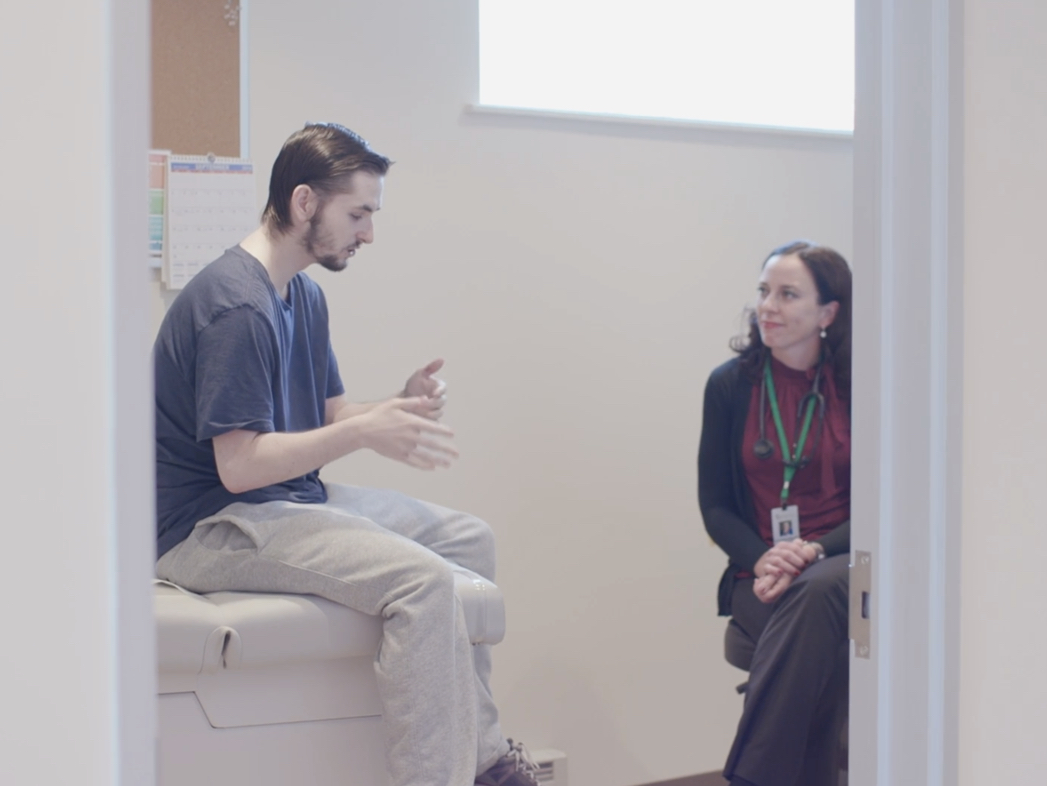 Quincy’s addiction began at the age of 16 when he was prescribed Vicodin by a doctor for a neck injury. Six months later, when the prescription ran out, he still felt pain. So, he began seeking out other substances to cope with his chronic injury.
Quincy’s addiction began at the age of 16 when he was prescribed Vicodin by a doctor for a neck injury. Six months later, when the prescription ran out, he still felt pain. So, he began seeking out other substances to cope with his chronic injury.
He was in denial about his addiction until his parents sent him to a treatment center in Los Angeles. And even on the flight, because he had never experienced withdrawal, he kept on insisting he felt fine and didn’t need any help to detox. But the next day, he didn’t feel fine. He realized what a toll the drugs had taken on his body and on his mind.
Yet, at 16, he had no idea that this would be the beginning of a much longer road to sobriety. That treatment program and others didn’t work for Quincy. They made him believe that he was weak-minded, that he wasn’t good enough to overcome his addiction. He entered what he felt was a never-ending cycle — get sober, relapse, get sober, relapse.
It wasn’t until Quincy enrolled in Marin City Health and Wellness Center’s MAT program that he was able to sustain his recovery.
At our learning session, Quincy, who is now 24 years old, conveyed the importance of a support system in recovery. He attributed his sobriety largely due to his network at Marin City Health and Wellness Center. He talked about the trust he developed in Dominique McDowell, director of addiction and homeless services, and the other staff members at the clinic. He felt that the staff truly cared about him and his sobriety and they helped him stay accountable on his course to recovery.
Quincy also highlighted the impact of stigma, and how real it is, outside and inside of the clinic. During the panel discussion, he spoke about instances of stigma he experienced at previous treatment programs at the hands of health care professionals. He openly stated that some people are in the wrong profession. Although his comment was met by laughs from the audience, I think it helped underscore the impact of stigma and how it negatively affects the person who is seeking help. A simple word, tone in one’s voice, and/or body language can cause a patient to stop treatment. It is extremely important that health care professionals create a welcoming environment, rid of stigma and bias.
My major takeaway from the panel discussion was how important it is for health care professionals to be kind. In my personal health care journey, I have always chosen to continue treatment with health care professionals who I felt comfortable with, and who made me feel valued. I didn’t always choose the clinician with the highest success rate. I chose the clinician who would listen, who I could trust, and who would allow me to be an active participant in my treatment. I believe a successful MAT program is about the people who make up the organization, and their ability to exude kindness, instill trust in their patients, and create a patient-centric approach in treatment. Although this is a simple notion, I hope the health care professionals in the audience took this away with them as well.
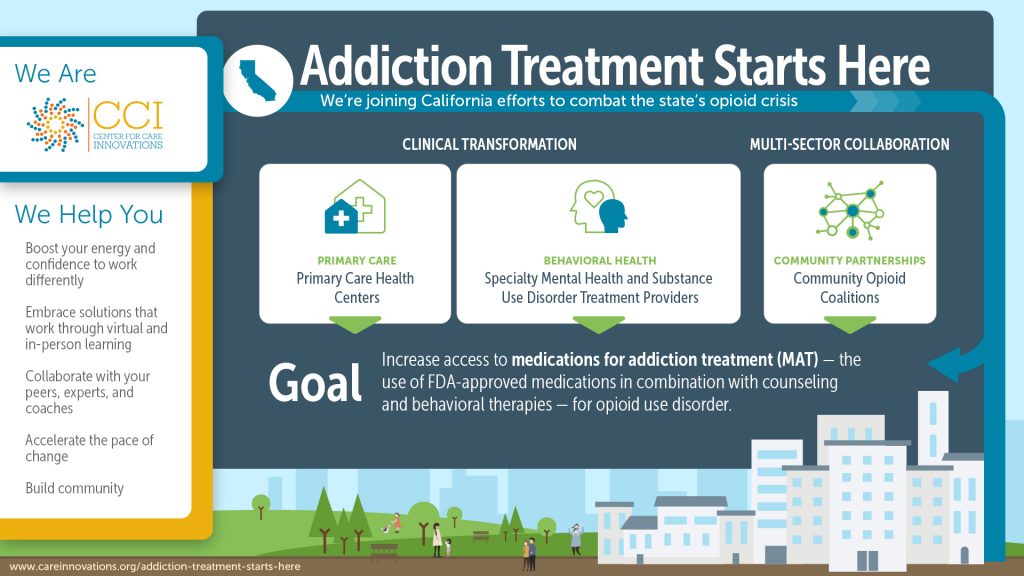
Find this useful or interesting? We’re constantly sharing stuff like this. Sign up to receive our newsletter to stay in the loop.

